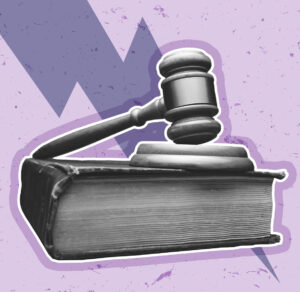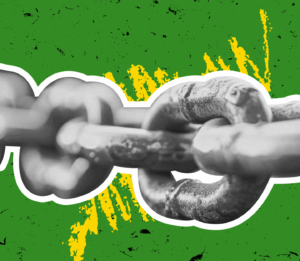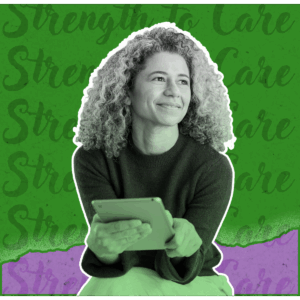bar
| Students deserve to feel safer on campus. Learn how to recognize risks, set boundaries, and take steps that support your safety and well-being. |

| Incarcerated people face unique risks of sexual violence, with complex power dynamics increasing their vulnerability to assault and abuse. |

| See statistics for sexual violence cases in the criminal justice system. Examine the barriers to reporting and see how many offenders receive criminal convictions. |

| Most survivors know the person who harmed them. Learn who commits sexual violence, what patterns exist, and why accountability is key to prevention. |

Each year, thousands of students across the U.S. experience rape or sexual assault—often in the very spaces meant to support their safety and success. College-Age Women Face the Highest Risk Women ages 18-24 are at an elevated risk of sexual violence—on-campus and off, student and non-student alike. All College-Age Adults Face Increased Risk Student or not, college-age adults are at high risk for sexual violence. Reporting by College-Age Victims College-age victims of sexual violence rarely…

| Sexual violence impacts millions of Americans every year. See who’s most at risk—together, we can ensure every survivor is seen, heard, and supported. |

| For many survivors, speaking out is an act of reclamation, healing, and advocacy. Learn to tell your story with confidence and clarity—and create real change. |

| Victim compensation provides financial assistance to survivors of sexual assault and other violent crimes. Learn how to qualify for support. |

| When a crime is committed, the state has a limited time to press charges. Learn how these limitations apply and what they mean for justice. |

| Should you tell the police you were sexually assaulted or abused? Learn how to report the crime and what to expect if your case goes to trial. |











